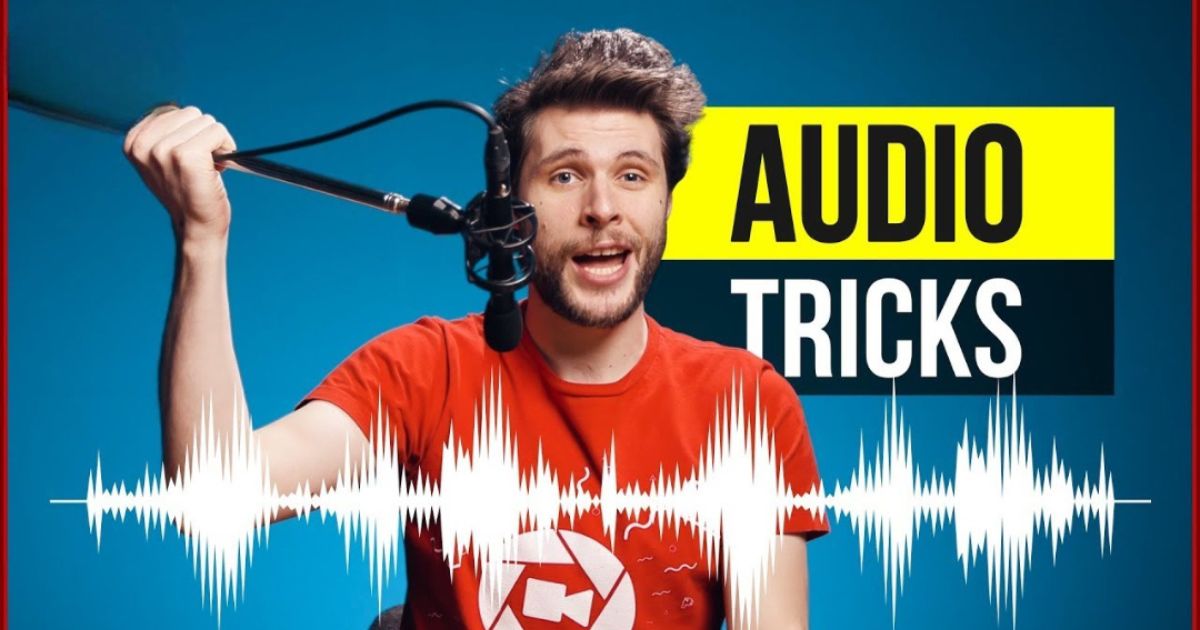Introduction
Ever wondered how to use Spotify equalizer: best settings for perfect sound? You’re not alone! Whether you’re jamming to pop, relaxing with classical, or working out to hip-hop, getting the audio right makes all the difference. In this article, we’ll walk through how to use Spotify’s equalizer features, offer tips for best settings, and help you get that perfect sound — all in simple, easy-to-read steps. Let’s dive in!
Why the Spotify Equalizer Matters
When folks ask how to use Spotify equalizer: best settings for perfect sound, what they usually want is a richer, clearer, more enjoyable listening experience. Here’s why it matters:
-
Balances frequencies: boosts bass, tames trebles, smooths mids.
-
Matches your headphones or speakers: every audio gear has its own quirks.
-
Adapts to music genre: what works great for rock may not suit jazz.
-
Personalizes your listening: let your ears guide the way.
Getting Started with the Spotify Equalizer

Where to Find It
-
Open the Spotify app (make sure it’s updated).
-
Tap Home, then go to Settings (gear icon).
-
Scroll down and tap Playback.
-
Tap Equalizer to open the built-in sound controls.
That’s it! You’ve discovered how to use Spotify equalizer: best settings for perfect sound in just a few taps.
Equalizer Controls Explained
Spotify’s equalizer typically shows sliders or a graph with frequency bands like:
- Low (Bass) – around 60 Hz: adds thump and punch.
- Low-Mid (around 250 Hz) – This range adds a nice warmth and body to your music, making it feel fuller and richer.
- Mid (around 1 kHz) – This is where vocals and most instruments live, so adjusting here makes voices and melodies stand out.
- High-Mid (around 4 kHz) – Perfect for adding a bit of clarity and detail, so you can hear things like guitar strings or subtle beats more clearly.
- Treble (around 10 kHz) – This is your sparkle zone, giving your tracks brightness and that airy, crisp finish.
Adjust those to taste—no need to be a sound engineer to get a great result.
Best Settings for Popular Music Genres

Here’s a friendly guide to how to use Spotify equalizer: best settings for perfect sound depending on what you’re listening to:
Pop / EDM / Dance
-
Boost Low a bit for punchy bass.
-
Increase High slightly to bring sparkle.
-
Keep Mids neutral so vocals cut through.
-
Great for energetic, exciting tracks.
Hip-Hop / R&B
-
Pump up Low and Low-Mid for rich, deep grooves.
-
Slightly lower High if vocals feel shrill.
-
Mids stay natural for clarity in rap verses.
Rock / Alternative
-
Raise Mid and High-Mid to bring out guitars and vocals.
-
Moderate Low to avoid boominess.
-
Keeps the band balanced and lively.
Classical / Jazz / Acoustic
-
Keep Low and Low-Mid gentle to preserve subtle detail.
-
Slight bump in Mids for instruments and voices.
-
Light High boost adds airiness and realism.
Fine-Tuning: Tips for Setting the Perfect Sound
Here’s your easy 5-step guide to dial things in:
-
Start Flat
Begin with all sliders at zero (flat). That’s your neutral baseline. -
Pick a Reference Song
Use a track you know well—maybe your go-to favorite. -
Adjust One Frequency at a Time
Raise or lower bands in small increments. Listen, then adjust again. -
Compare A/B
Toggle the equalizer off and on to hear the difference. -
Save Your Settings… In Your Brain
Spotify doesn’t let you save presets. So take a mental note or jot down your sweet spot by genre.
Extra Tricks For Even Better Sound

-
Use “Loudness” toggle in Playback settings to even out volume across songs. It subtly modifies EQ to keep sound balanced.
-
Enable “Normalize volume” for consistent loudness, which can help when switching between tracks.
-
Use good headphones or speakers—a capable system lets your EQ tweaks shine.
-
Experiment in small doses—tiny changes often make the biggest improvement.
Conclusion
So now you know how to use Spotify equalizer: best settings for perfect sound. We covered where to find it, how to tweak for different genres, and shared helpful pro tips to fine-tune your listening experience. It’s simple, friendly, and tailored to your ears.
Ready to level up your music? Fire up Spotify, open that equalizer, pick your genre, and fine-tune away! Your playlists—and your ears—will thank you.
Want more tips, tricks, or customized settings for your gear? Let me know—happy to help you sound your best!
FAQs
How do I turn on the Spotify equalizer?
Open Spotify on your phone, go to Settings → Playback → Equalizer, and switch it on.
2. What’s the best equalizer setting for perfect sound?
There’s no magic setting that works for everyone — it depends on what you like and what you’re listening to. For example:
-
Pop or EDM → Boost the bass and treble for an energetic vibe.
-
Rock → Raise the mids so vocals and guitars stand out.
-
Classical → Keep it balanced with just a light boost in the highs for clarity.
3. Can I save my custom settings in Spotify?
Sadly, no. Spotify doesn’t let you save EQ presets right now. If you find a mix you love, take a screenshot so you can remember and set it up again later.
4. Does using the equalizer drain my battery faster?
Not really. The equalizer uses very little extra power, so you can enjoy better sound without worrying about your phone dying faster.
5. Can I use the Spotify equalizer on desktop?
On a computer, you’d need to use your system’s audio settings or a third-party equalizer to customize your sound.
6. Can I use the equalizer on my computer?
Not at the moment.On desktop, you’ll need to use a third-party equalizer or your computer’s audio settings.
